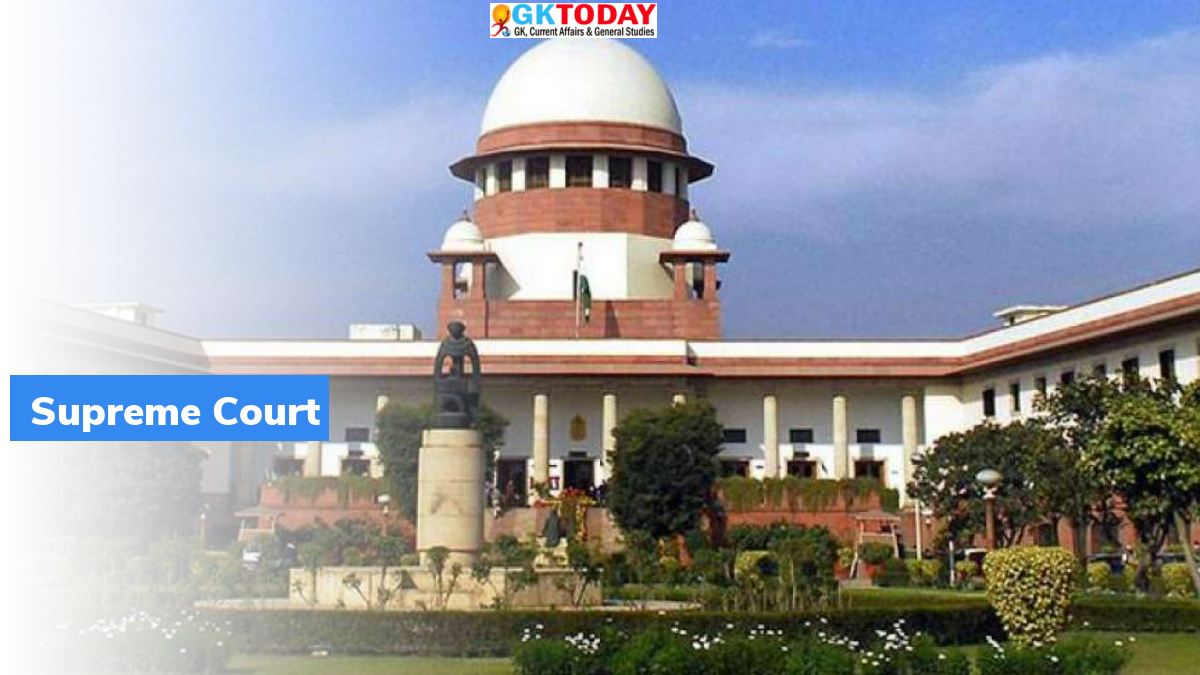SC on Tribunal Appointments
On February 16, 2022, Supreme Court rued the knee jerk actions in filling up vacant posts in tribunals, stating that, bureaucracy has been taking up this issue lightly.
Highlights
- A bench headed by Chief Justice N V Ramana has been dealing with the issue of huge vacancies in various tribunals in India.
- According to the bench, after a few appointments made initially, nothing has happened.
- Attorney General K K Venugopal showed the list of vacancies and steps taken to fill them up.
- Bench has given two-weeks’ time to hear the issue.
What is the issue?
Supreme court has been asking the central government to make appointments in tribunals, which are facing a crunch of presiding officers, judicial and technical members. As per data provided in August 2021, about 250 posts are lying vacant in multiple key tribunals and appellate tribunals in India.
Centre’s view
In its affidavit filed in September 2021, central government had maintained that it has made 84 appointments in six tribunals including NCLT and ITAT and no recommendations of Search cum Selection Committees (SCSC) is pending with it, then. Government had also given the chart containing details of appointments made in Income Tax Appellate Tribunal (ITAT), Telecom Disputes and Settlement Appellate Tribunal (TDSAT), National Company Law Tribunal (NCLT), Appellate Tribunal for Electricity (APTEL), National Consumer Disputes Redressal Commission (NCDRC) and Armed Forces Tribunal (AFT). During 2020 and 2021, total of 84 appointments were made to various tribunals.
Judicial Vacancy
Supreme Court has been raising concern over Government’s lackadaisical attitude towards large number of vacancies in tribunals and High Courts. As on August 1, 2021, there are 455 vacancies in High Courts.
How Judicial Vacancy affects the working of courts?
As per supreme court, Centre’s delay in making appointments to High Courts is affecting adjudication of commercial disputes. The number of pending cases is also increasing because of this. Any failure to allocate required financial and human resources leads to crippling of judicial work across subordinate courts. It also results into letting down poor litigants and undertrials, who stand to suffer most because of judicial delay.
What are the reasons of vacancy?
- Systemic defects in appointment process, untimely exams to fill the vacancies.
- Lethargic approach for conducting appointment process on time.
- Recruitment procedures is unclear and there are difficulties in coordination between High Court and State Public Service Commission.
- Poor infrastructure of courtrooms to residences for judges.
Month: Current Affairs - February, 2022
Category: Legal & Constitution Current Affairs


